‘US is Vietnam’s largest export market, but there are other buyers’: PM
The U.S. is Vietnam’s largest export market but is not the only one, Prime Minister Pham Minh Chinh has said, urging businesses to tap potential buyers of other countries.
Regarding the latest import tariffs that the White House imposed on Vietnam and all trading partners, Chinh called for a restructuring of Vietnam’s exports to diversify its markets.
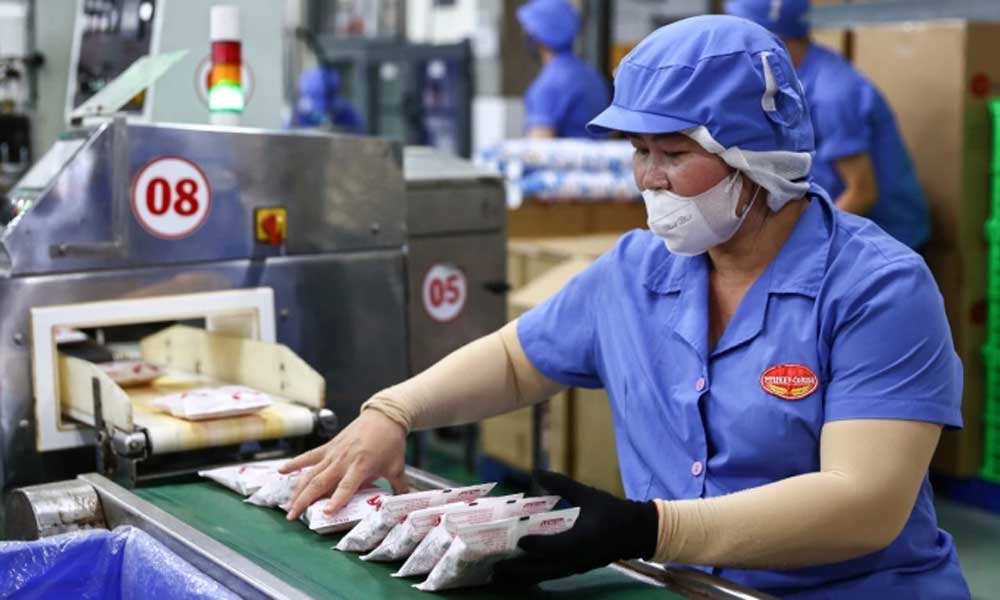 |
|
A worker is seen in an instant noodles factory in Ho Chi Minh City in March 2025. |
"Export markets need to be restructured, and the quality of goods must be enhanced to penetrate other highly potential markets such as the Middle East, Eastern Europe, Central Asia, Latin America, India, and ASEAN," he told a government meeting Sunday.
This is also an opportunity to restructure the economy toward a faster, more sustainable direction, relying on science, technology, and innovation, he added.
The PM also emphasized Vietnam’s commitment to diversifying markets, products, and supply chains in collaboration with global partners.
He placed U.S.-Vietnam economic and trade ties within the broader framework of relations with nations tied to Vietnam through free trade agreements and international treaties.
Vietnam is among countries being slapped with the highest reciprocal tariffs of 46%, which are set to come into effect April 9.
Minister of Finance Nguyen Van Thang, at the meeting, warned of significant economic challenges ahead as growth drivers are under strain, and macroeconomic stability faces mounting risks.
The 46% tariffs can have broad impact on the economy, as hampered exports to the U.S will hurt manufacturing, foreign direct investment attraction, private investment, domestic consumption, and employment, he added.
"This is immense pressure to achieve the government’s growth target."
Vietnam aims for at least 8% growth in 2025, a target the government has refused to adjust despite tariff and trade competition pressures.
The Ministry of Finance estimates GDP must grow 8.3% over the last nine months to achieve the goal, after the economy expanded by 6.9% in the first quarter.
It urged stronger bilateral talks with the U.S. to negotiate a fair tariff rate balancing mutual interests. It also called for stabilizing the macroeconomy, boosting public investment, foreign direct investment, and domestic market development, alongside refining laws and the business environment.
PM Chinh said that U.S. tariff policies and rising trade tensions could fracture global trade and supply chains, with varied responses from nations and slumping stock markets affecting worldwide growth.
He highlighted Vietnam’s proactive stance: "Since the beginning of the year, Vietnam has taken all possible measures."
Party and State leaders, alongside ministries, have engaged the U.S. through political and diplomatic channels.
Domestically, measures include exploring import tax cuts, boosting purchases, and easing conditions for foreign firms, including American ones, with legitimate U.S. demands addressed based on "harmonized benefits and shared risks."
After the U.S. unveiled its tariff policy, the government met on April 3 to brief the Politburo and devise responses, prioritizing U.S. talks to delay tariffs for detailed negotiations.
On April 5, the government officials met again to act on Politburo conclusions and a call between General Secretary To Lam and President Donald Trump.
"The measures are very proactive but also maintain composure and resilience in facing difficulties and external shocks," Chinh said, and urged government bodies to come up with creative, proactive, flexible, and effective solutions.
The approach and handling of issues are comprehensive, both short-term and long-term, direct and indirect, broad and focused, including trade and non-trade measures to safeguard national and ethnic interests, he added.
Regarding Vietnam’s 6.93% growth rate in the first quarter, which was a five-year high, the PM said it was a "positive signal" amid regional and global standings, though challenges persist: exchange rate and interest rate pressures, slow purchasing power recovery, land and real estate policy gaps, and lagging public investment disbursement.
He called on government members to propose solutions for 8% GDP growth or higher, untangle institutional barriers, cut red tape, reduce compliance burdens, and drive public investment and growth engines.
 Bắc giang
Bắc giang
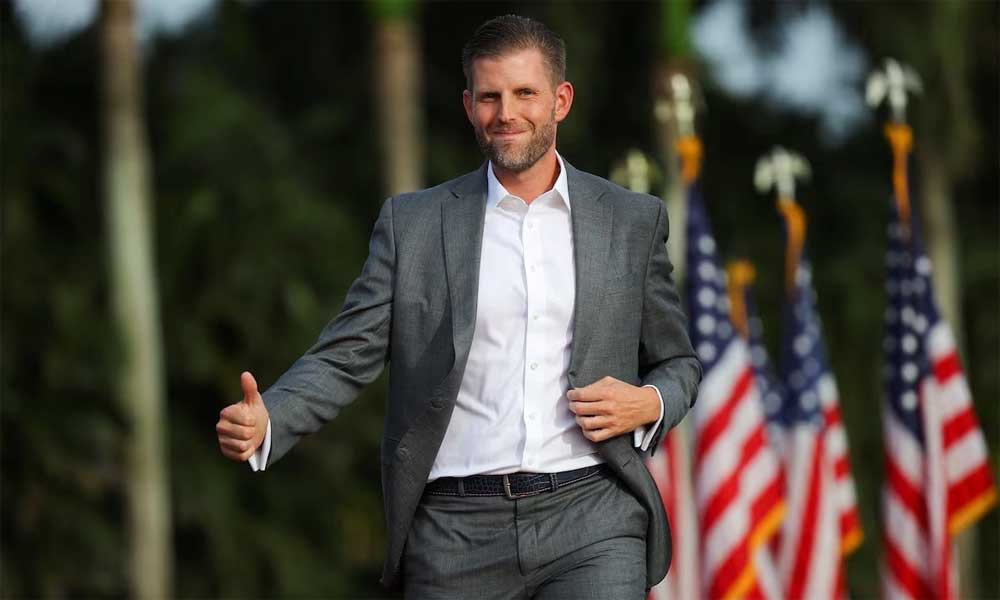


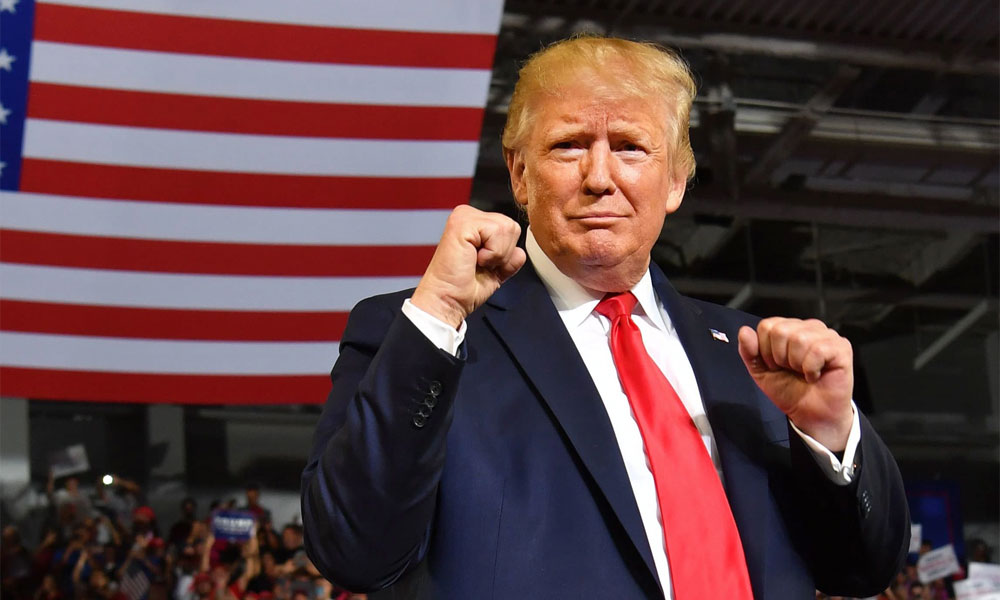

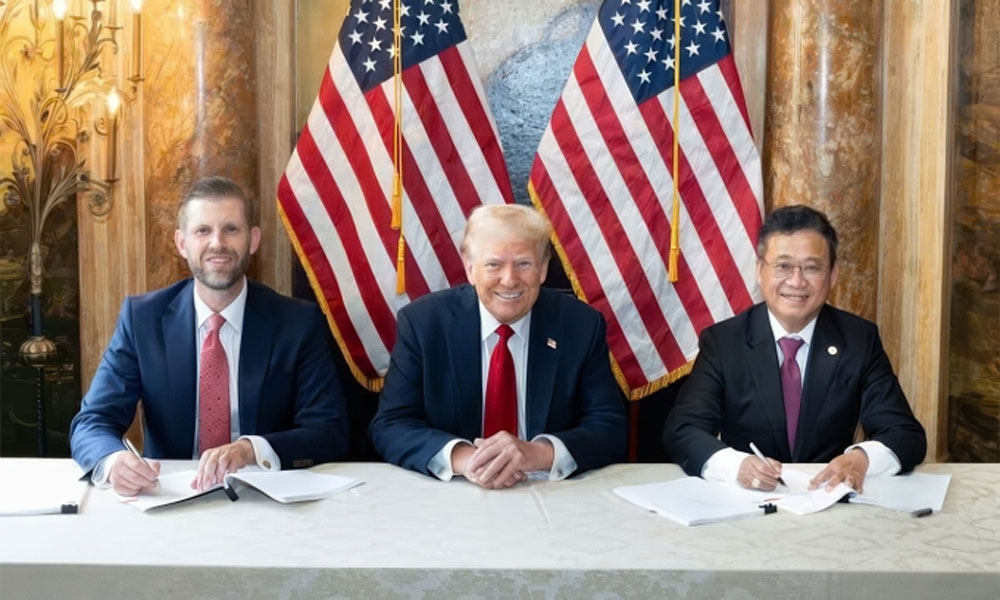

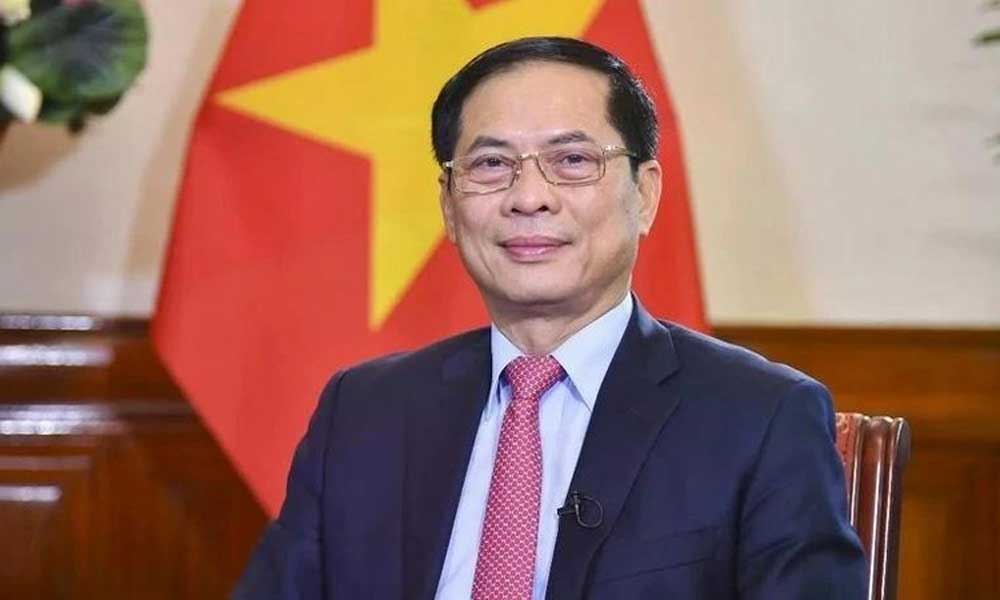





Reader's comments (0)